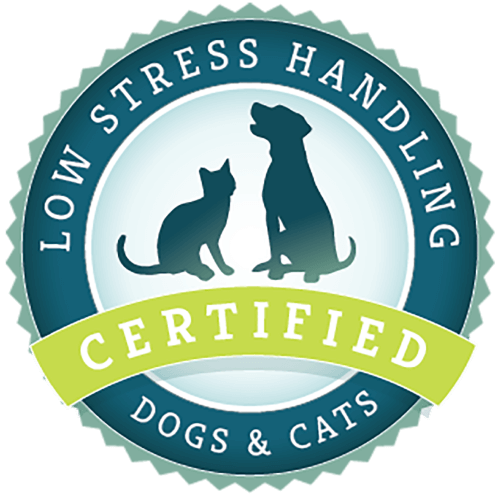What article are you looking for?
Category: dogs
Aggression Between Familiar Dogs
Aggression between familiar dogs in the same household is a common occurrence and is one of the most common reasons that dogs are surrendered, rehomed, or euthanized. This aggression can be secondary to high arousal or excitement levels. When a fight occurs, damage to the relationship between the dogs can be difficult to repair. There are a variety of factors that need to be considered when determining the future relationship between these dogs. For instance, aggression between female dogs is reported to be the most common and is the most difficult to treat due to the severity of injuries and
Three Tips to Reduce Barking in Your Dog
Courtesy of the Sophia Yin Collection Courtesy of the Sophia Yin Collection TIP 1: Block the view but not the light. “Out of Sight, Out of Mind” There are many different sights and sounds that stimulate barking out the window. Your dog is less likely to bark at what she can’t see. Window film is easy to install, allows light to filter in, and comes in different decorative designs. TIP 2: Reinforce an alternative behavior. Imagine your dog sitting nicely on a mat while you open the door to let guest in, receive a delivery, or just
Fear and Fear-related Aggression in Dogs
What is Fear? Fear is a natural emotion that causes an animal to avoid situations and activities that may be dangerous. What or who the pet perceives to be dangerous may not be the same as the person’s perception, and can be independent of actual bodily risk. However, pets act on what they perceive. What is Anxiety? Anxiety is the anticipation of future danger that may be unknown, imagined, or real. It can result in the body responding as it does when the animal is afraid. What is Stress? Stress is the body’s physiologic response triggered by anxiety and fear.
Applying Eye Drops with Low Stress Handling™
At some point in many dogs’ lives, they will require eye drops. This might be a one-time event to examine the eye or it may be multiple times per day to treat chronic disease. Regardless of the cause, applying eyedrops need not be a struggle for you or the pet, whether at home or in a clinic setting. The same approach works in both places. Gather everything you need: A comfortable place for you and the pet. For small pets this might be on a table, on a chair, or even on your lap if the pet is comfortable there.
The Eating of Feces (Poop): Coprophagia
Many see their dogs as part of the family, their “fur babies.” Our dogs eat from our plates, sleep in our beds, and even lick the baby’s face — which is why we get concerned when these same dogs go out and eat their own or another animal’s feces (poop) in the yard. The technical term for this behavior is coprophagia. Why do they eat feces? The mystery is still unsolved. Some wonder if it is due to age since many feces eaters are puppies or young adult dogs and others wonder if it is due to poor diet. Could
How to Apply Flea & Tick Prevention to Even the Most Wiggly Dogs
Many dogs don’t enjoy having topical parasite (flea and tick) control medications applied. Even though these medications aren’t painful, like an injection, the dogs may not like the feeling of something wet on their skin or the smell. Some dogs just don’t like having to stay still. The easiest way to get past these obstacles without having to run through the house chasing your dog with a tube of medication in your hand, is to give your dog something else to do while you apply the medication. Ivan is given the choice of a couple of his favorite treats: spray

Low Stress Handling® Silver-Level Certification
Individual Certification at this level demonstrates to clients and employers the individual’s dedicated interest in Low Stress Handling®. Hospital Certification at this level demonstrates to clients and staff the hospital’s commitment to appropriately training staff in Low Stress Handling® methods.
Learn More
